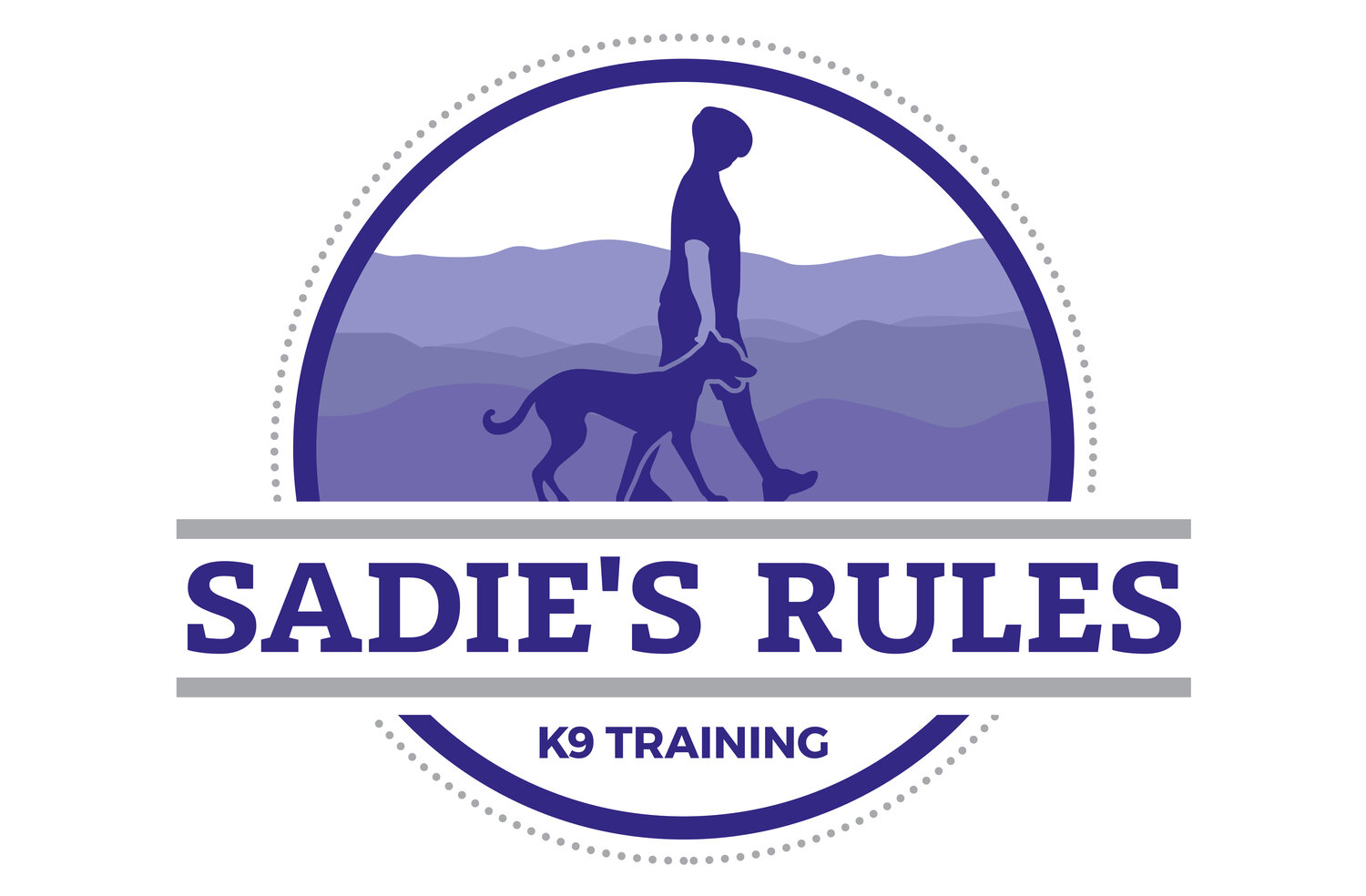Let’s get right to the point, folks: We do dogs a disservice when we place restrictive labels on them before we give them the tools, skill set and state of mind (aka training) to be their best selves. If we label dogs based on our pre-training assessments, we end up with lots of limitations such as:
“He needs to be the only dog.”
“This dog should be in a home without children.”
“She can’t be around cats or small animals.”
Yes, forever homes that can meet these requirements are out there. But how long does it take to find them? And what happens to the dog while they’re waiting? There are many documented cases (and even more anecdotal observations) of dogs deteriorating in shelter and/or kennel environments, and dogs who are behaviorally out of balance are at an even higher risk. If a dog has a behavior issue, whether it’s aggression or hyperactivity or jumping or excessive barking, it’s only going to get worse in a shelter or kennel environment. It is not at all uncommon—unfortunately—for a dog to deteriorate in a shelter to such a degree that their mental and behavioral health render them unadoptable and they’re euthanized instead. It’s definitely in the dog’s best interest to get out of the shelter/kennel as soon as possible, for the sake of their own health and safety and to keep them as adoptable as possible.
Train a dog, save a life
One of our recent adoptable trainees, Sylvester, with his forever family.
I’ve trained many adoptable dogs while they wait for their forever homes and I can confidently say that dogs are far more adoptable after they’ve been through training. In nearly all cases, the issues that created adoption limitations like no children, no other dogs, etc. are at least dramatically improved if not resolved. The adoption possibilities open up and a forever home can be located much faster.
I know what you’re thinking: Can you really resolve these behavior issues?
In many cases, YES, a quality balanced training program can resolve behavior issues! (Check out my Success Stories playlist on YouTube to see some of the possibilities!) The training process provides dogs with leadership, accountability and clear communication, teaches them impulse control, and establishes good behavior patterns. The end result of these efforts is the elimination of many underlying issues that contribute to behavior problems. For example, sometimes we find that dogs who were labeled as “not good with children” really just needed to learn some boundaries, an off button, and a calmer state of mind. Sometimes we find that dogs who were “not good with other dogs” really just needed some guidance from humans and to develop some social skills and confidence. In many cases, we find that the dog can be brought fully into balance and can live a happy, healthy life in many different home environments.
To be fair, it doesn’t always work out that way. Sometimes we find that although we are able to work a dog through a behavior issue, the dog will still require a level of effort and vigilance from their future owner in order to maintain good behavior over the long haul. In these cases we may still recommend adoption limitations. But even in these cases, the dog’s adoption opportunities are still greater than they were pre-training. Trained dogs are always more adoptable!
The goal of my dog training programs is to help dogs become the best version of themselves. This is beneficial for any and every dog, but especially for adoptable dogs—their life depends on it. Adoptable dogs are often labeled long before we know who the dog really is. I support being transparent with potential adopters about a dog’s behavior, but let’s not label a dog until we’ve trained them.

